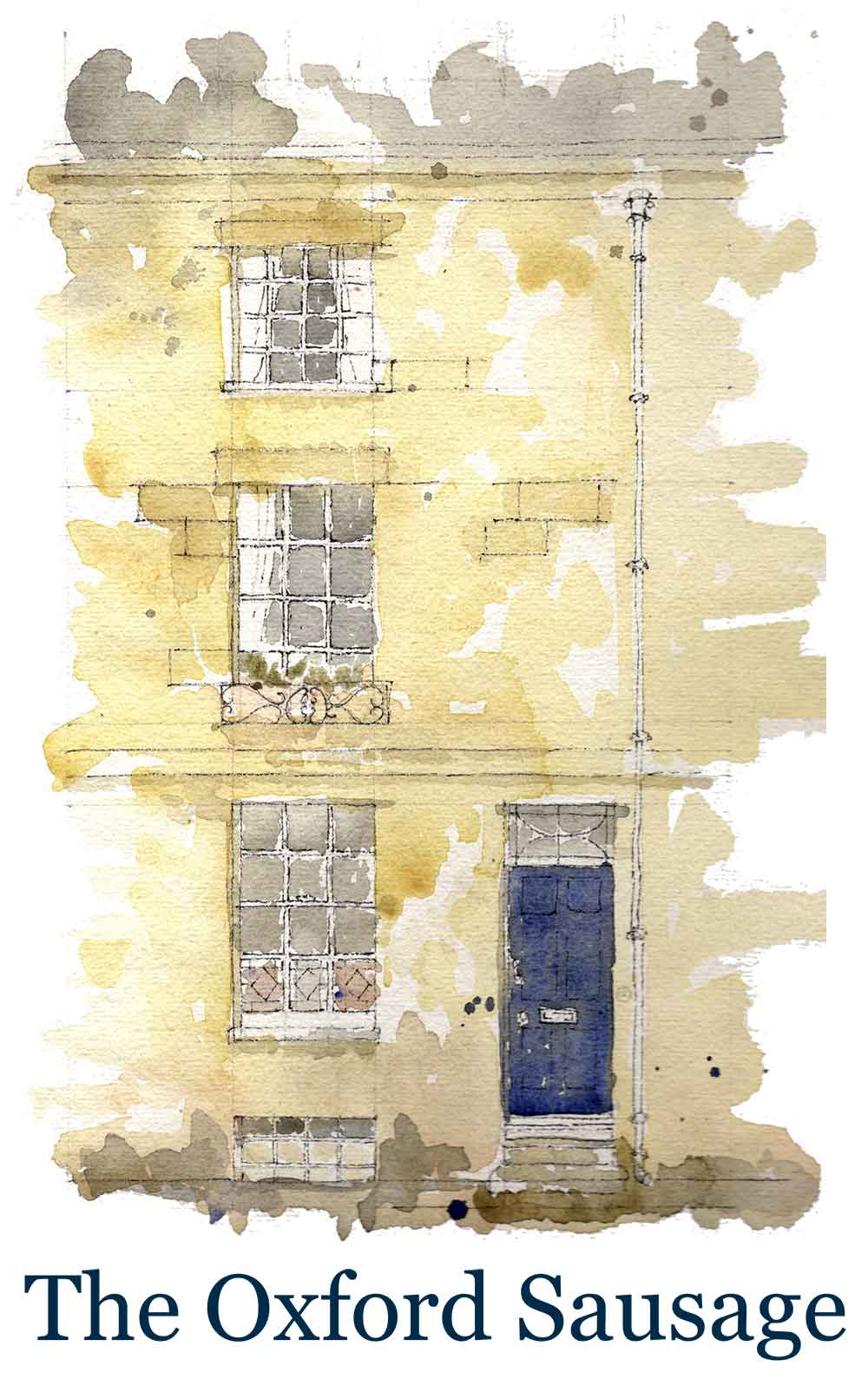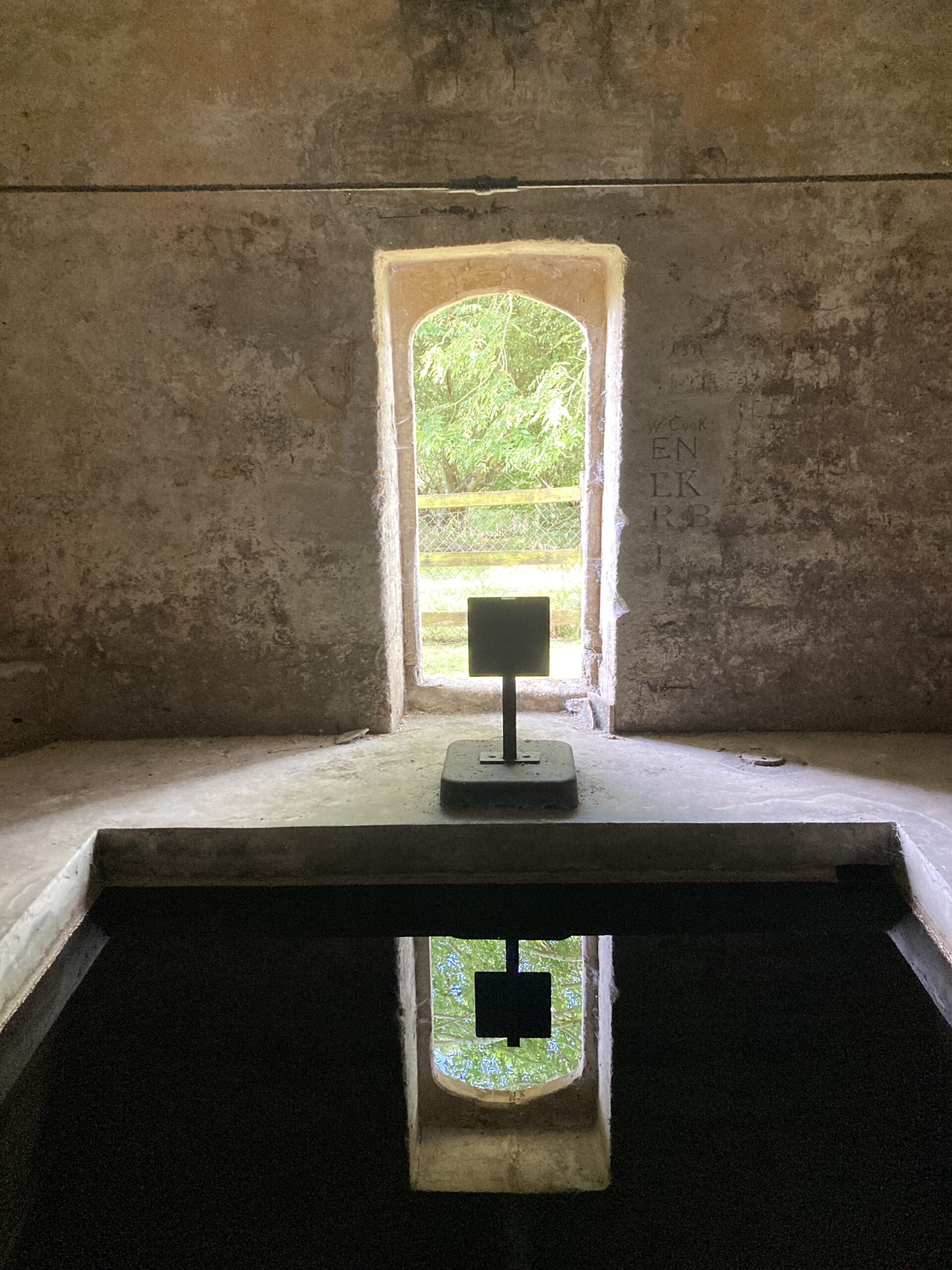It’s something of a mission getting to Conduit House. I have cycled west following the river from Folly Bridge, turning off down Willow Walk to North Hinksey. Then under the busy ring road. A steep climb up Harcourt Hill to a street on the left. “It’s a private road,” an elderly lady tells me as she busily clips her hedges. Sure enough as I peer down the driveways on either side I can see that the oversized houses with carports and double garages are gated. And this is their property. But on certain days they allow us, the public, access. So I lock my bike and continue on foot. Through two gates and a large field, I am suddenly in the countryside. And there it is. Perched precariously high up on the side of the hillside, Conduit House is a small chapel-like structure, built in 1617 to cover a vast lead cistern that at one time channelled 20,000 gallons of clean water from the springs above into the city centre. Open only occasionally (and today courtesy of The Oxford Preservation Trust’s Open Doors scheme), I can assure you the views from up here are worth the slog.
I am clearly not the first to appreciate the place. I know because as I approach the building, a beam of sunlight catches the incisions of hundreds of jottings carved into the very fabric of the limestone walls. Some are ages old, and so well-crafted that I can only assume that when they were made, the idea of writing your name on to a public monument was not deemed the crime it is today. The earliest dates from 1634, left by a pair of rascals with the initials PC and IS. Some are framed to make them stand out more. The more brazen have left their full identities, sometimes adding not just the year but the month they visited. Who I wonder were W. Cook and W. Pendle? How old were they? Why did they decide to come up here one day over two centuries ago and then chisel their names by the doorway? They are like little works of art, and a poignant register of folk long forgotten.
But then I am not surprised that people want to visit. Not just to breathe in the fresh air from the heady heights overlooking the domes and spires of Oxford. But also, to wonder at the feat of engineering that Conduit House represents. It’s a stone chamber, the sides held up with two gabled buttresses with a rounded doorway at one end that faces the city. Inside two narrow slits illuminate a square water tank. All that is left of the storage system that provided Oxford residents with their very first fresh water supply.
It was all the idea of the wealthy London lawyer Otho Nicholson, (his coat of arms is above the doorway). Keen to ingratiate himself with the new King James 1 (crowned in 1603), he’d already invested money in a much larger freshwater ‘New River’ scheme in London and plumped for Oxford (a city James 1 loved) as the next place to benefit from his philanthropy. He hired in the best plumber from London, and within the space of a couple of years, a new water system was created. Using gravity, spring water was channelled from the hills above North Hinksey, into huge tanks once situated where I now stand. Then one and a half miles of underground lead pipes were laid, sometimes encased in hollowed out elm tree trunks where they travelled over water, along Littlegate Street, Beef Lane, Pembroke Street and St Aldate’s ending up at Carfax. Here two large cisterns were installed one on top of the other, one for the University, the overflow below for the City. These were covered with an ornate theatrical stone structure, highly decorated and gilded. Here was the Empress Maud riding an Ox, mermaids holding hand mirrors swimming atop stormy seas, statues representing virtue, morality and learning, with James 1 added in for good measure. On special occasions, like the Restoration of the monarchy in 1660, the water was replaced by wine. What a fine idea.
But it was not to last. Branches of the pipes got clogged up, (although Nicholson left a bequest in his will it was not enough to pay for the system’s expensive upkeep) unscrupulous interceptors drained the system by installing taps before it got to Carfax, and by 1694 the growing expansion of the city necessitated the opening of new waterworks at Folly Bridge. Conduit House continued to send fresh water to some houses and colleges until the late 1800s, until that too fell into disrepair before thankfully being saved by English Heritage.
I am so glad. It’s a little gem of a place. Reminding us of people who once visited, now long gone. And of the ingenuity of both the architects who designed the system and the labourers who worked tirelessly to bring clean water to a city, without the help of today’s heavy machinery. I am pleased to say that the great Carfax Conduit, that had remained in position at Oxford’s central crossroads for 150 years until the City Commissioners decided it was holding up the traffic and had to go, was also saved. Gifted to Lord Harcourt in 1787 when he was looking for ornaments to decorate the gardens of his pile at Nuneham Park. The land on which it stands is now sadly in private hands. But it can apparently still be seen at a distance.
I can feel another outing coming on. Though this time I might take the bus.
The exterior of Conduit House is open 10am-4pm, Thursday to Sunday, from April until October and is also open on Bank Holidays during this period. Access inside only on special days.
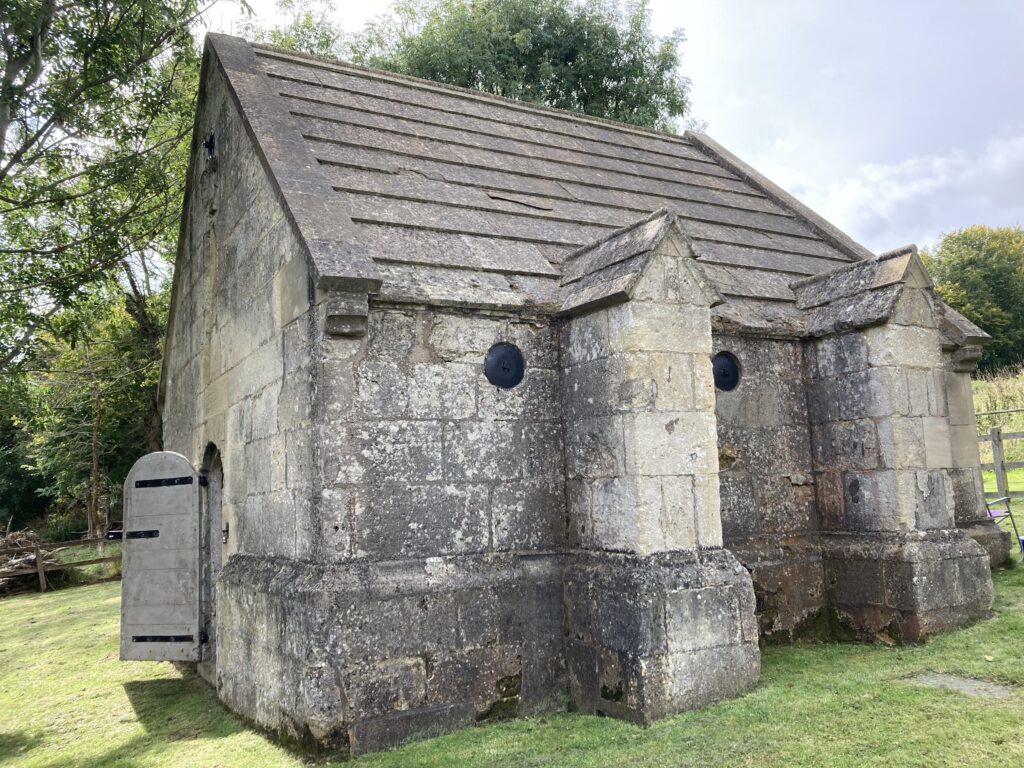
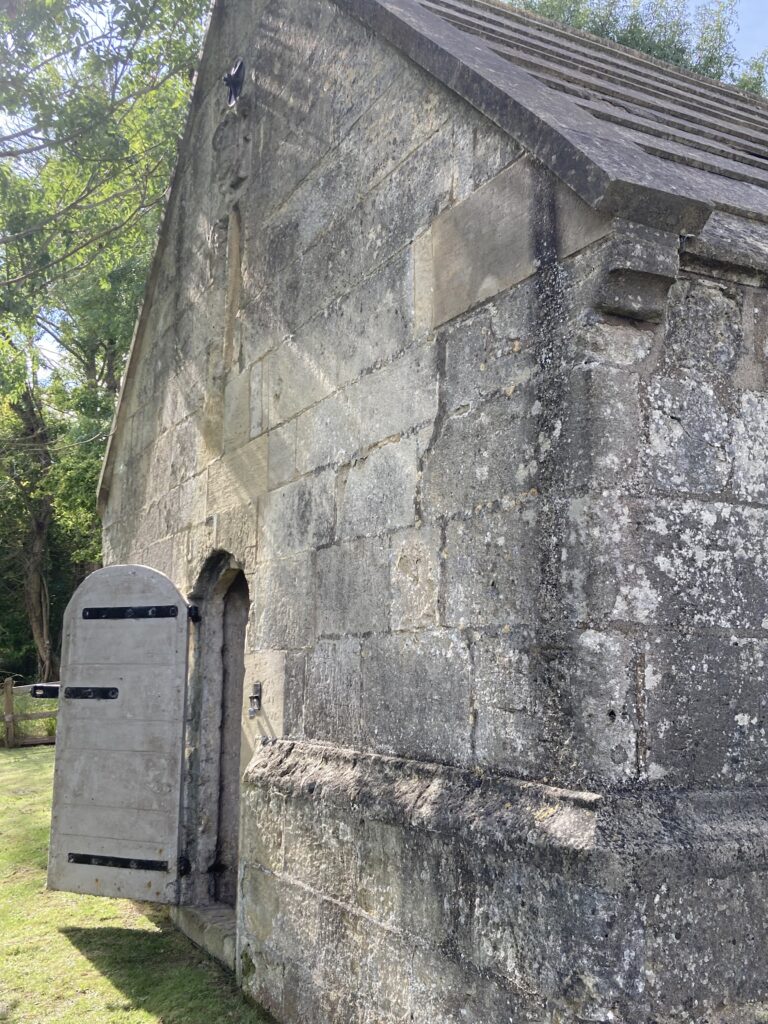
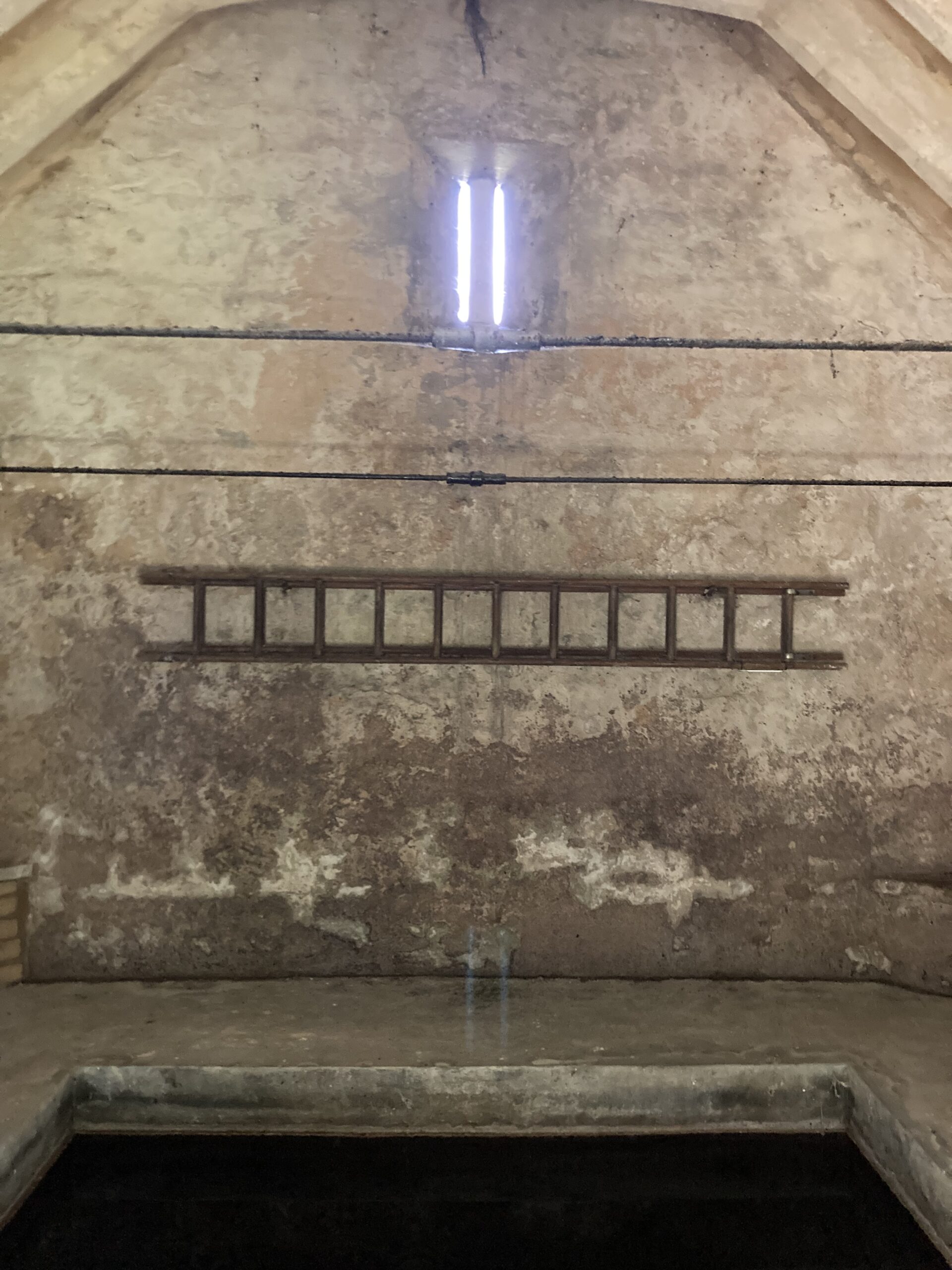
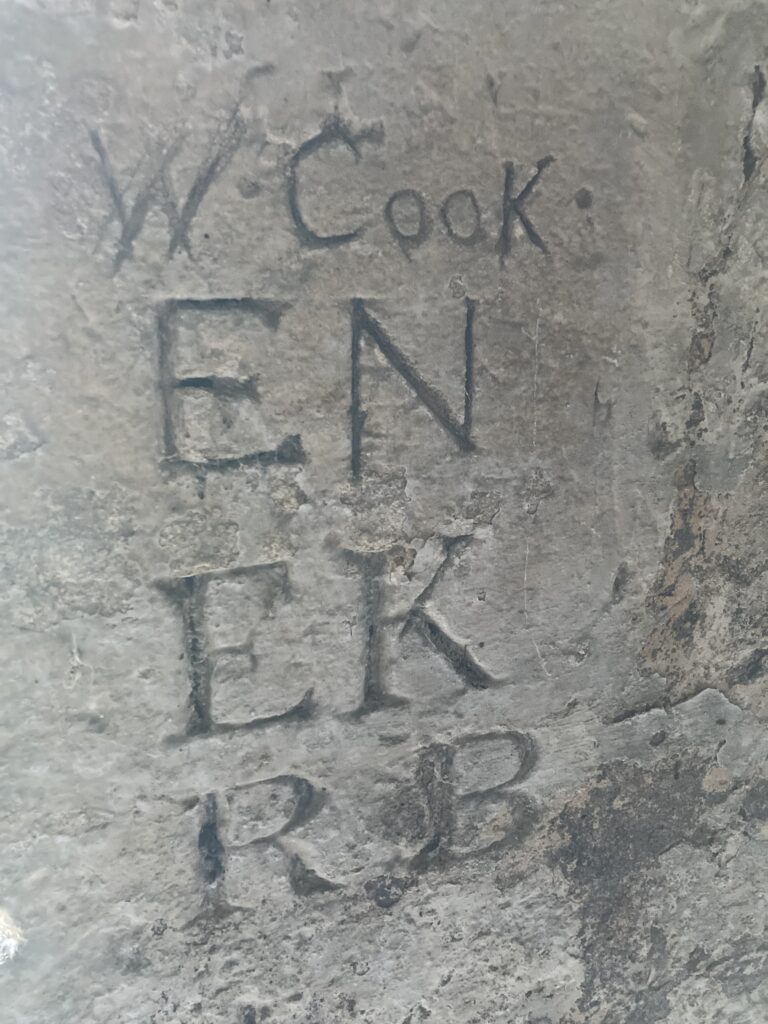

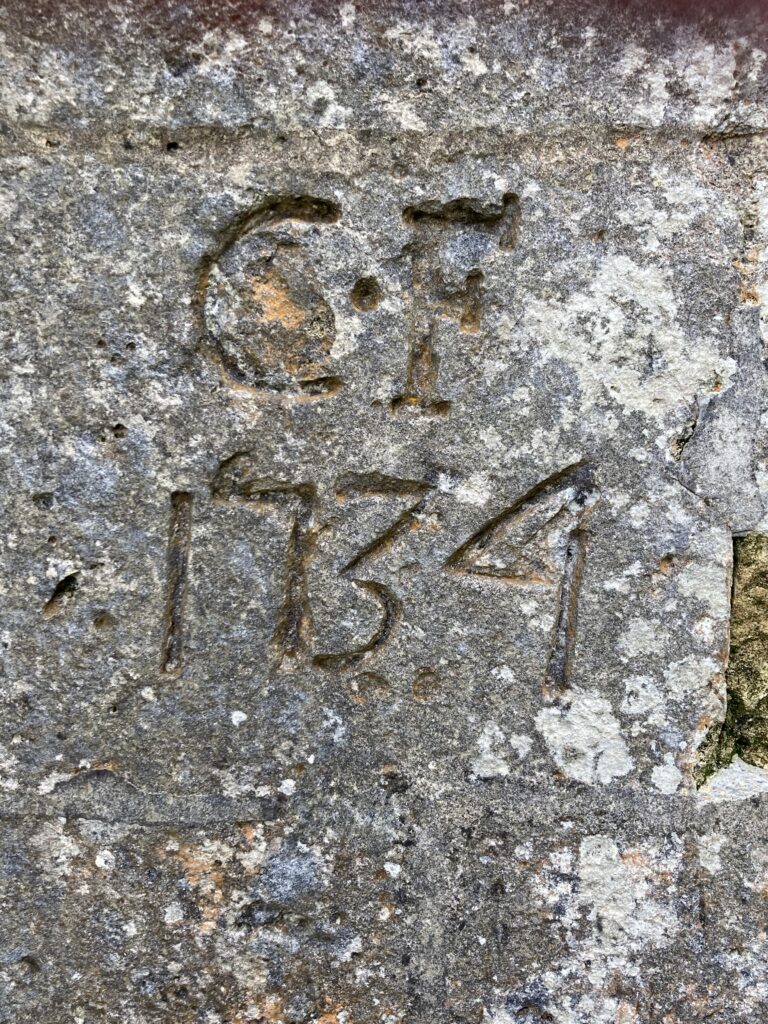
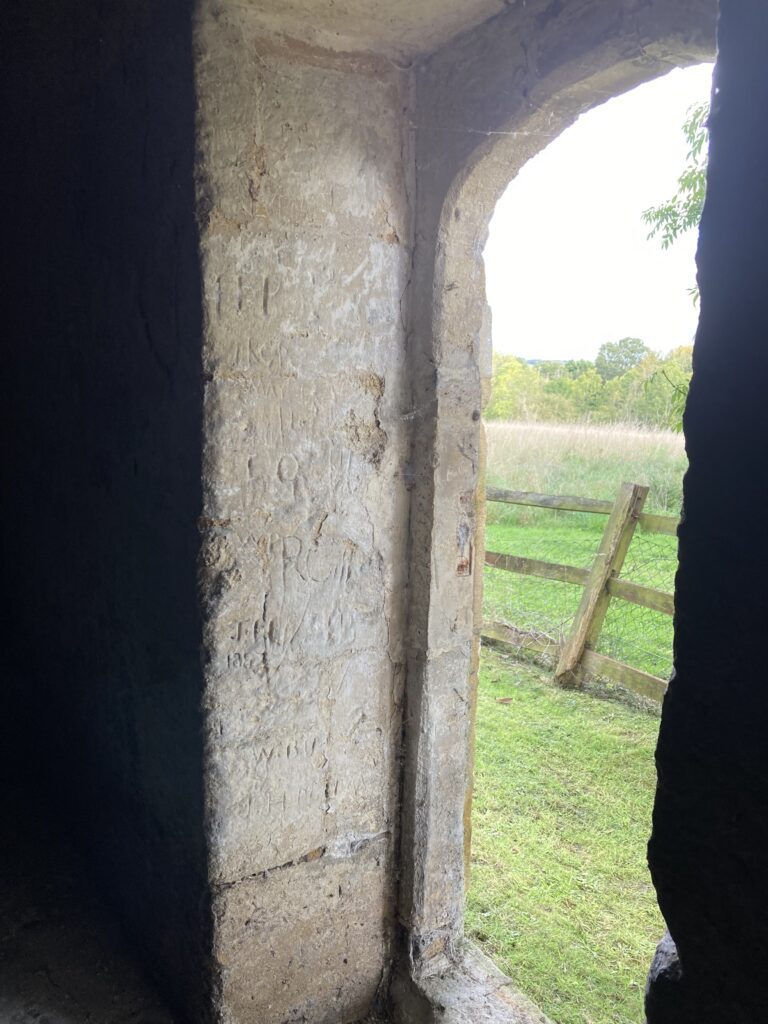
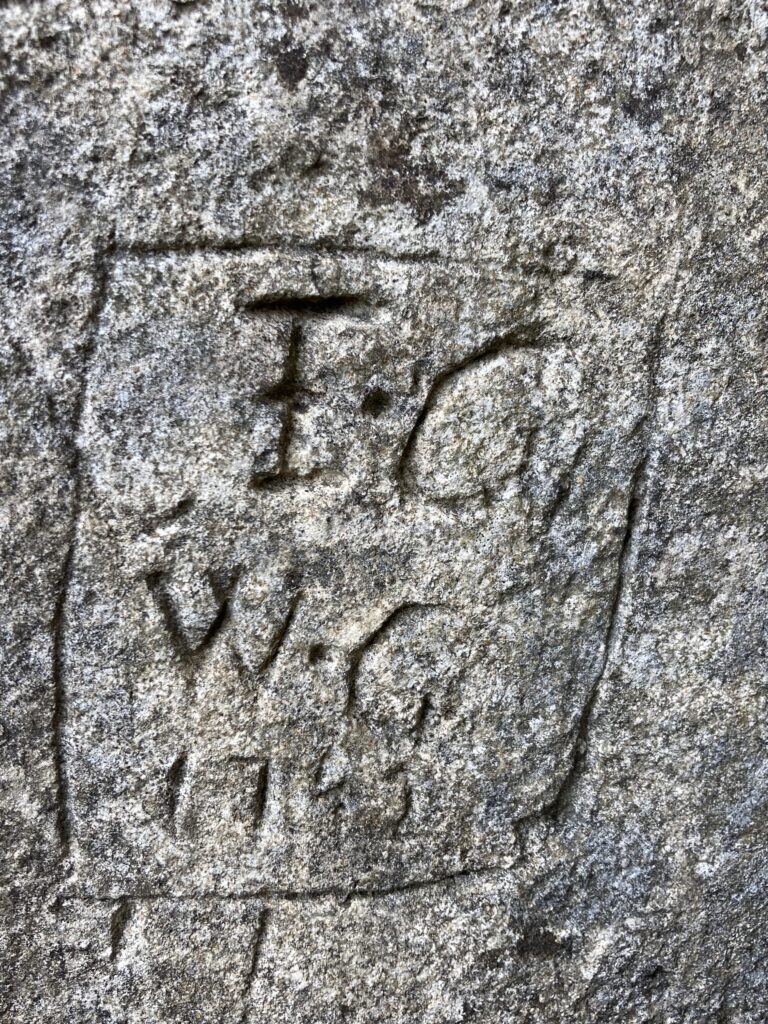
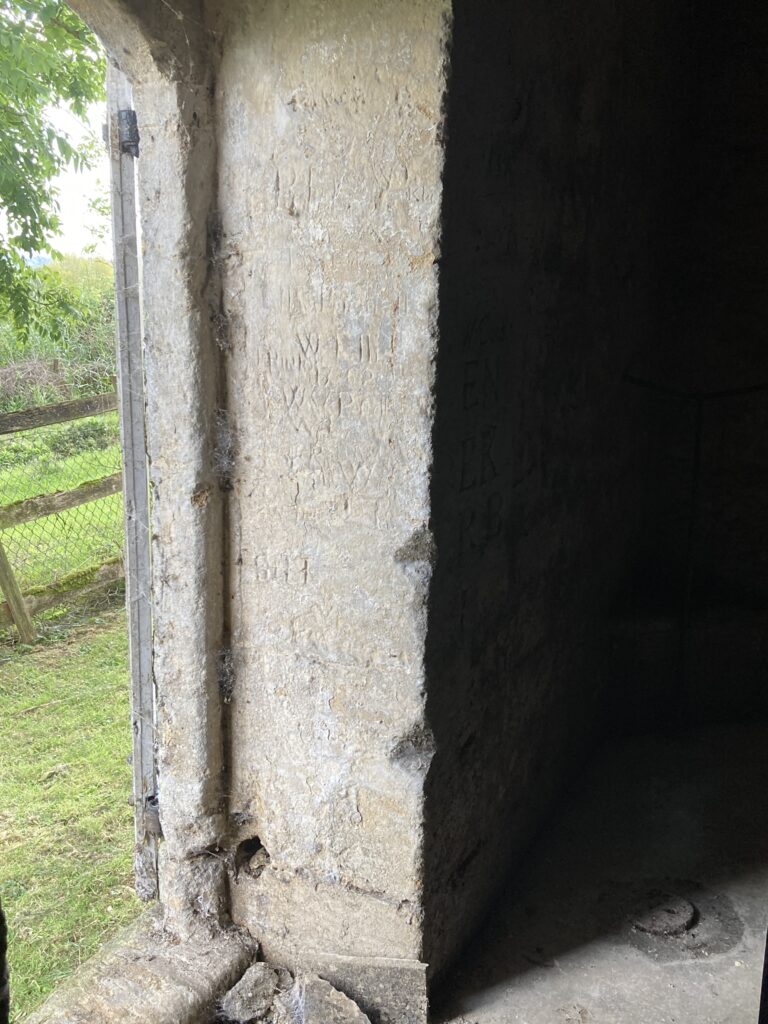
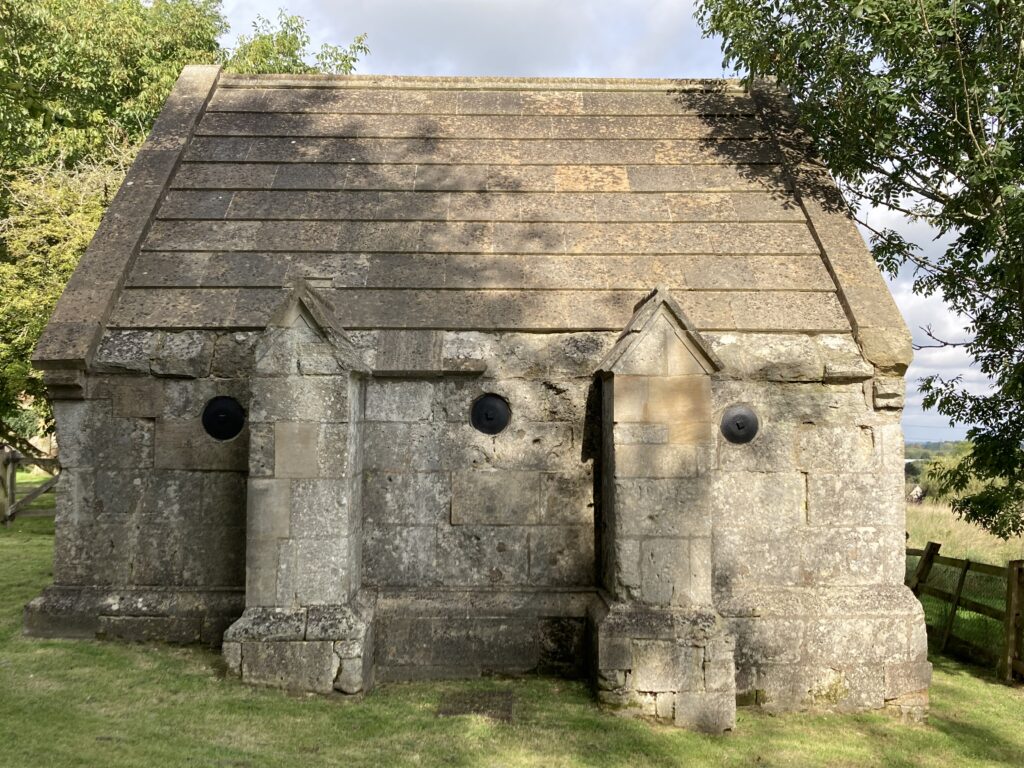
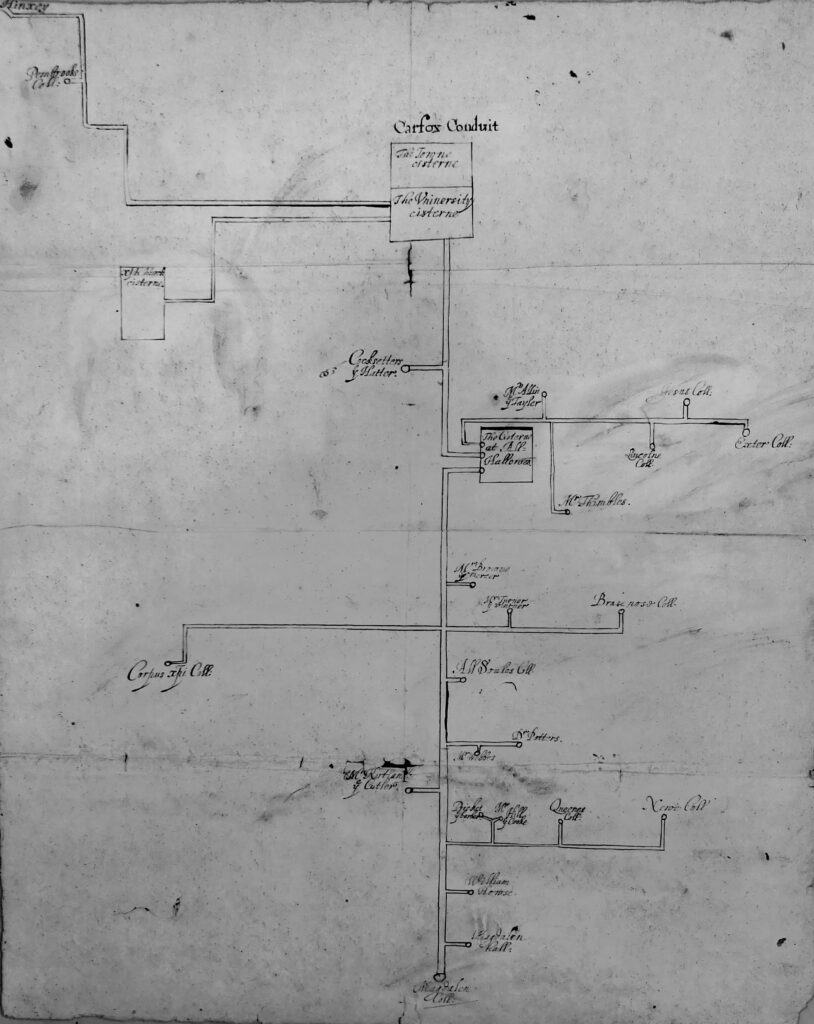
Image photographed from the information board outside, showing a map of where the pipes went. From Hinksey they stopped off at Pembroke College before arriving at Carfax. The line then went from there to other colleges and private houses. Christ Church College had its own pipeline direct from Carfax Conduit.
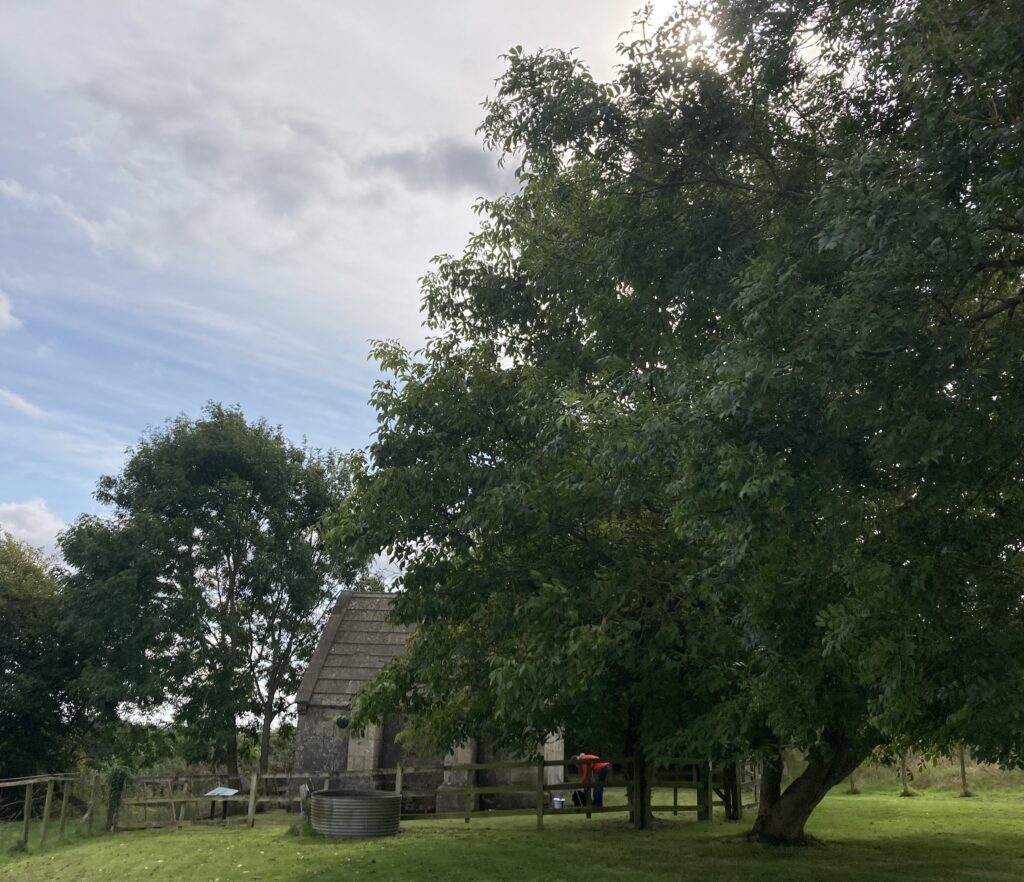
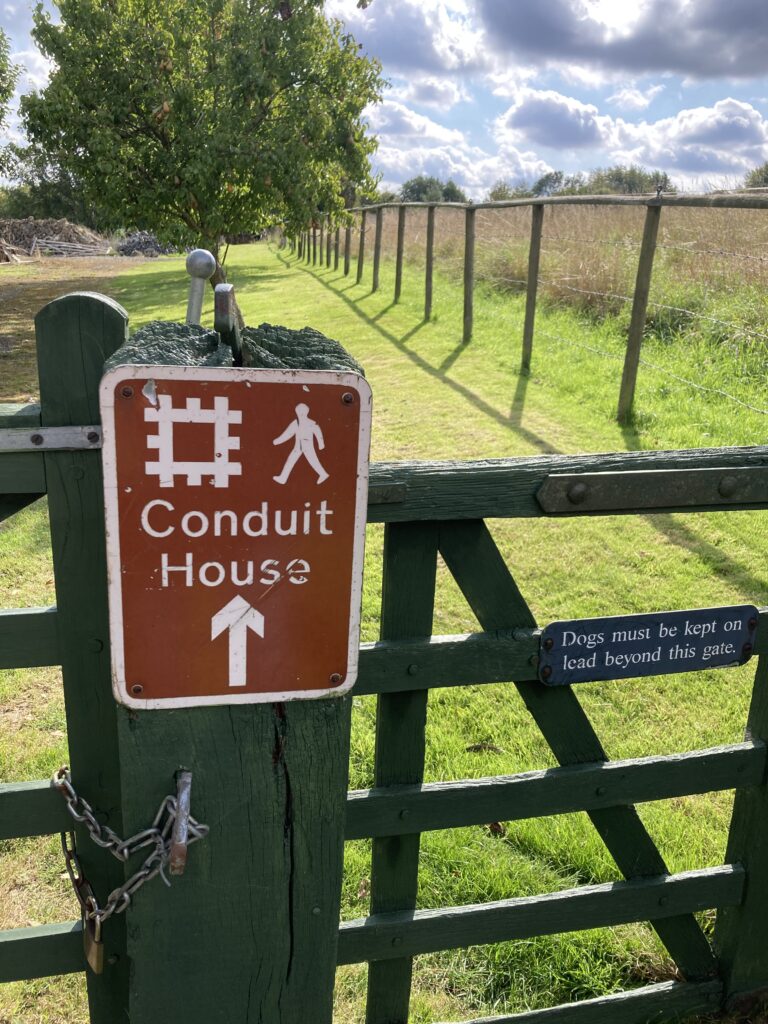
You might also like to read
